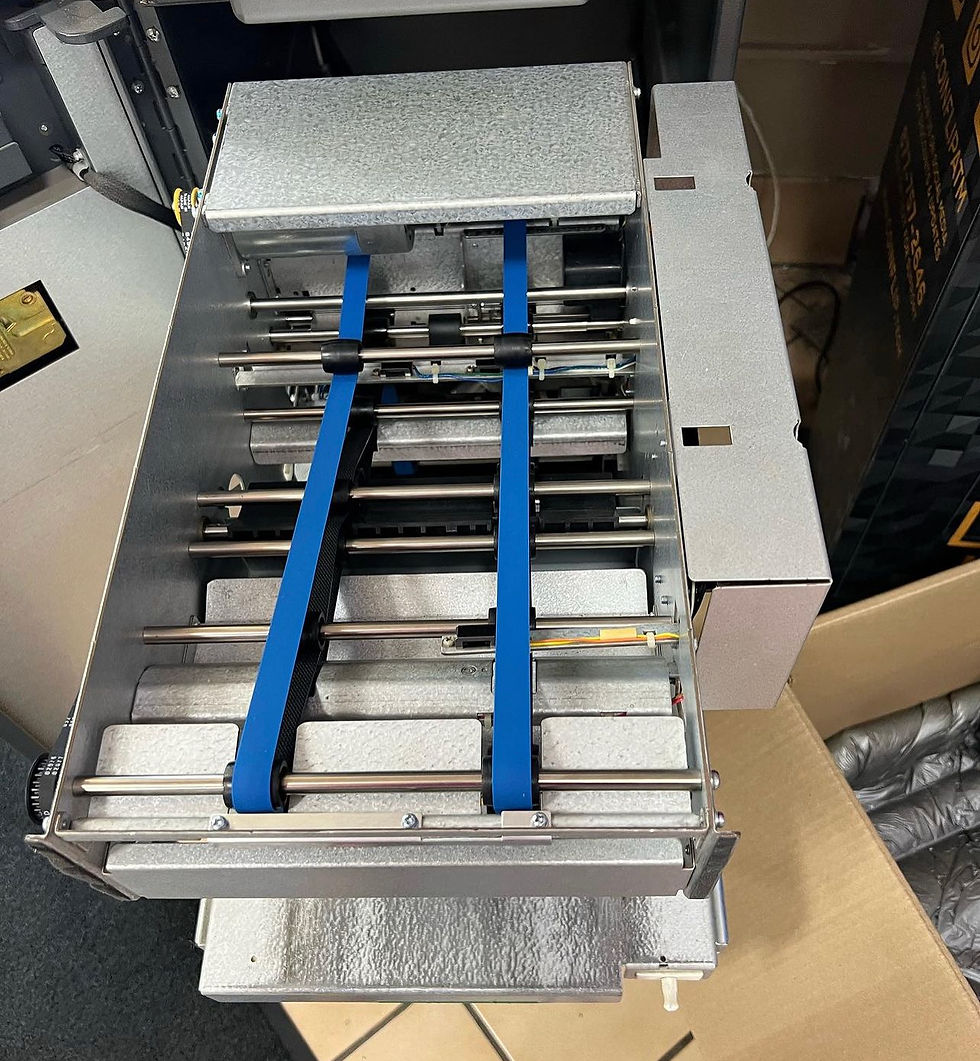Boost Your Store's Revenue: Deciding Between Buying and Placing an ATM
- Dave Rundquist
- Oct 13, 2023
- 2 min read
Updated: Nov 2, 2023
If you're a store owner seeking to amplify revenue while providing added convenience to your customers, the installation of an ATM in your establishment could prove to be a lucrative venture. However, the choice between buying an ATM outright or opting for a placement ATM is a pivotal decision that demands careful consideration. In this comprehensive blog post, we'll delve into both options from the perspective of a store owner, offering insights to facilitate an informed and advantageous choice.
Buying an ATM: Weighing the Pros and Cons
Pros:
Ownership Control: Acquiring an ATM implies complete ownership control, enabling you to set personalized surcharge rates and transaction fees according to your business strategies.
Long-term Investment: Investing in an ATM represents a long-term financial commitment, as the revenue generated from ATM transactions serves as a consistent source of income after the initial cost is recovered.
Increased Income Potential: Direct ownership allows you to retain the full surcharge income, thereby maximizing your potential earnings from the ATM.
Cons:
Upfront Financial Investment: The significant initial cost of purchasing an ATM might present a financial hurdle, potentially limiting this option for some store owners.
Maintenance Responsibility: With ownership comes the responsibility of handling maintenance, repairs, and cash restocking, which can be time-consuming and impact cash flow.
Placement ATM: Analyzing the Benefits and Drawbacks
Pros:
Elimination of Upfront Costs: Opting for a placement ATM eliminates the need for substantial upfront investment, as the ATM provider typically covers the initial expenses.
Simplified Maintenance and Service: The ATM provider usually takes charge of maintenance, repairs, and cash replenishment, freeing you from the associated tasks.
Revenue Sharing Model: Placement ATM providers often offer a revenue-sharing arrangement, enabling you to earn a portion of the surcharge fees collected from ATM transactions.
Cons:
Limited Control: Opting for a placement ATM may limit your control over surcharge rates and transaction fees, as these are determined by the ATM provider, with profits shared accordingly.
Contractual Obligations: Engaging in a placement ATM agreement involves signing a contract that might impose certain limitations on your operational flexibility.
Profit Sharing Concerns: Despite earning a share of the profits, the provider's portion of the surcharge fees might result in comparatively lower earnings than owning your own ATM.
Making the Best Decision for Your Store
Ultimately, the decision between buying an ATM and choosing a placement ATM hinges on your unique circumstances and business priorities. For those with financial flexibility and a preference for full autonomy, purchasing an ATM might be the optimal choice. On the other hand, if reducing upfront costs and delegating maintenance responsibilities is a priority, a placement ATM can offer a hassle-free solution.
To ensure a well-informed decision, conduct thorough research, factor in your store's foot traffic and location, and carefully scrutinize the terms and conditions of any contract. Regardless of your choice, integrating an ATM into your store can serve as a strategic step toward augmenting revenue and enriching the overall shopping experience for your customers.






Comments